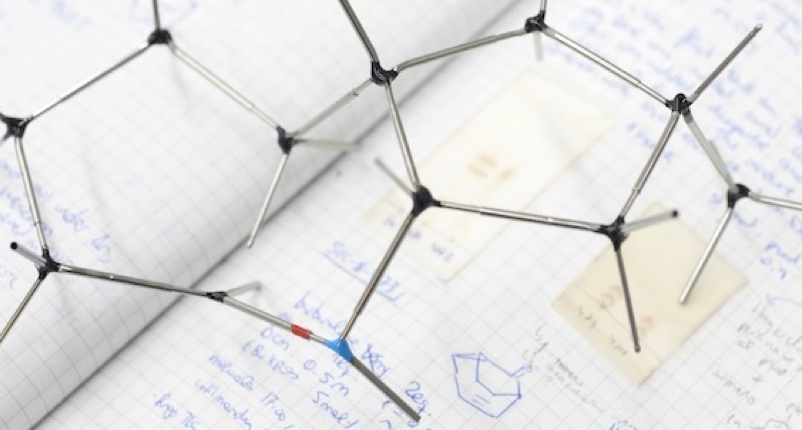Key intermediates and Cu active sites for CO2 electroreduction to ethylene and ethanol
Electrochemical reduction of CO2 (CO2RR) to multi-carbon products is a promising technology to store intermittent renewable electricity into high-added-value chemicals and close the carbon cycle. Its industrial scalability requires electrocatalysts to be highly selective to certain products, such as ethylene or ethanol. However, a substantial knowledge gap prevents the design of tailor-made materials, as the properties ruling the catalyst selectivity remain elusive. Here we combined in situ surface-enhanced Raman spectroscopy and density functional theory on Cu electrocatalysts to unveil the reaction scheme for CO2RR to C2+ products. Ethylene generation occurs when *OC–CO(H) dimers form via CO coupling on undercoordinated Cu sites. The ethanol route opens up only in the presence of highly compressed and distorted Cu domains with deep s-band states via the crucial intermediate *OCHCH2. By identifying and tracking the critical intermediates and specific active sites, our work provides guidelines to selectively decouple ethylene and ethanol production on rationally designed catalysts.

Zhan, C.; Dattila, F.; Rettenmaier, C.; Herzog, A.; Herran, M.; Wagner, T.; Scholten, F.; Bergmann, A.; López, N.; Roldan Cuenya, B.
Nat Energy 2024
DOI:
10.1038/s41560-024-01633-4

Let's create a brighter future
Join our team to work with renowned researchers, tackle groundbreaking
projects and contribute to meaningful scientific advancements




















